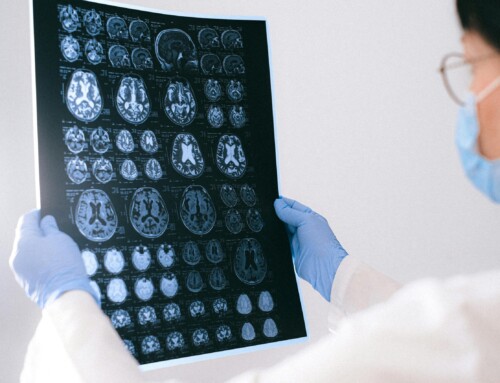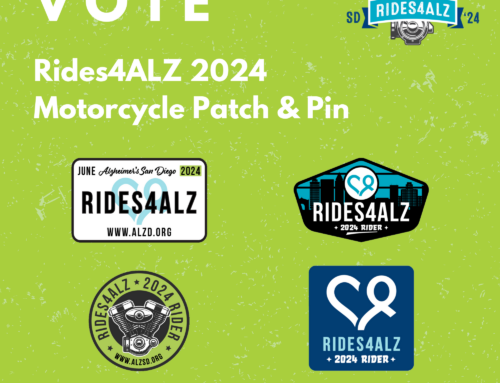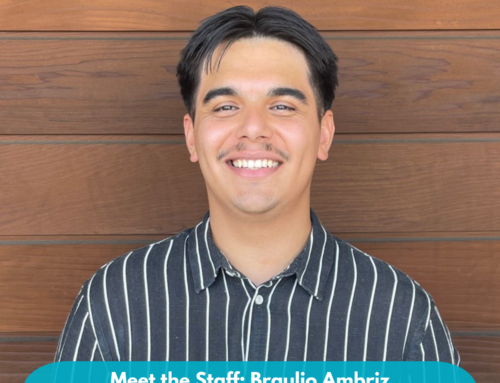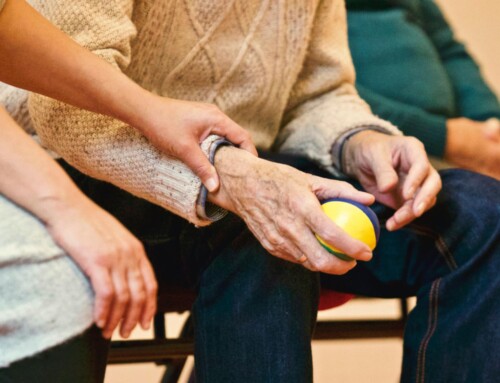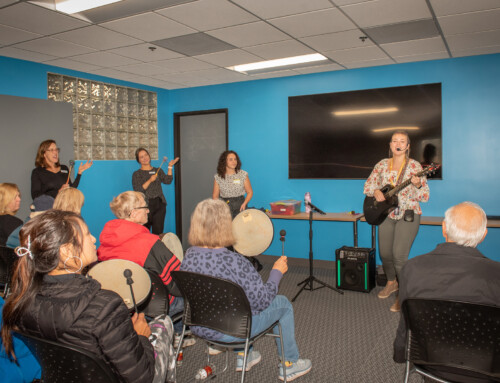This is Part 2 of three-part series about what it’s like to participate in a local Alzheimer’s research study. You can read Part 1 here.
My admission into the Longitudinal Study at UCSD Shiley-Marcos Alzheimer’s Research Center was approved. This study was recommended to me by a neurologist, who knew I wanted to set a baseline for my memory and cognition. I gave UCSD a call, went through a brief phone screening, and then I was asked to come in. This part was painless.
I’m in good health so I had no qualms about the two appointments that had been set – one for January and one for February of 2019. The first appointment would consist of general background information and memory testing. The second would be a general physical exam, a lumbar puncture and possibly an MRI.
I received parking passes in the mail so we arrived in plenty of time for my 9 AM appointment. Any participant must bring a “study partner” – someone who can be independently questioned after the initial intake to verify the information collected. My husband accompanied me prepared with books and a smartphone to keep him entertained while he waited. Important items for him to bring, as we were expected to be there for most of the day.
RELATED | Local Alzheimer’s studies seeking participants
The psychometrist assigned to my case reviewed basic information with me and then asked a series of questions to assess my cognitive awareness of basic facts such as the day, date, city, name of the president, etc. There was also a discussion of my own perceptions of my memory, or any shortcomings of which I’m aware. This basic information would be verified by my husband.
Next, a series of memory tests were administered by the psychometrist. They were fairly straight-forward, and below are examples of the kinds of questions asked, although not a literal accounting of such nor the order in which they occurred:
1) Name any word that you can think of that begins with the letter L.
2) Name as many cities as you can until the timer expires.
3) Here are three words. Please repeat them, and you’ll be asked later to remember them.
4) The psychometrist read a short story with many specific details, then asked me to repeat the story with as much detail as I could. I was told I’d be asked about it again later. Then immediately following, I heard another story with different details, again asking to repeat what I could remember.
5) Cards consisting of shapes and colors were place before me, where I was to select those in a set of three that were similar (could be by color, shape or shading).
6) The psychometrist read a list of words at an even-keeled pace, asking me to repeat as many as I could remember from the list
7) Individual cards were placed in front of me with simple drawings of various shapes and lines. I had a set interval to view them (not sure of the actual time). The card would be removed, and I was instructed to draw what I could remember from the card I’d just seen.
8) I was reminded of a described list of words from earlier in the session (animals, for instance) and then attempted to recall my earlier answers. This process was repeated from various test lists.
9) After the administration of several other types of tests, I was asked to recount any details I could remember from each of the stories I’d heard earlier. That was a bit harder than the first time around since the two stories now collided a bit in my memory.
10) Sometime after the drawing cards had been removed, I was asked to remember and draw one of them.
RELATED | Alzheimer’s: The Tale of Two Parents
We did break for lunch, and I will say that I was truly spent mentally. As a general rule, I’m a very Type-A personality – fast talker, organized, a “To-Do” list fanatic. I think it’s human nature to wonder how you are performing and wondering if you’re doing fine or failing miserably. As a participant, you don’t have any idea of the criteria by which you are measured. I couldn’t help but wonder how hard this would be for someone much older (I’m in my sixties). And of course, how easy it would probably be for a younger person!
I will say that it was a long day for my husband, too, just being there in case he was needed again. The testing process resumed after lunch with much of the same type of questions.
I was getting a bit restless, and was very ready to have the session end. I’d guess that the duration of this second part was about two hours. On the way home in the car, I experienced a range of emotions – relief that it was finally over, drained as a felt my mind had been completely emptied and a pronounced wave of fatigue. All I wanted was to lay quiet and not have to think.
Once home, I rested by enjoying a movie and a glass of wine. And I will say that I felt good about the overall experience. Since I now knew what to expect, I was a little less anxious about the second appointment still to come the following month. Since that would be a shorter session, I assumed it would be a piece of cake. In Part 3 of this series, you’ll hear how I was a bit naive about that!
In the next part of this 3-part series, the author will explain the tough conversation she had with her family after continuing in this study. Learn more about local Alzheimer’s research by clicking here.

